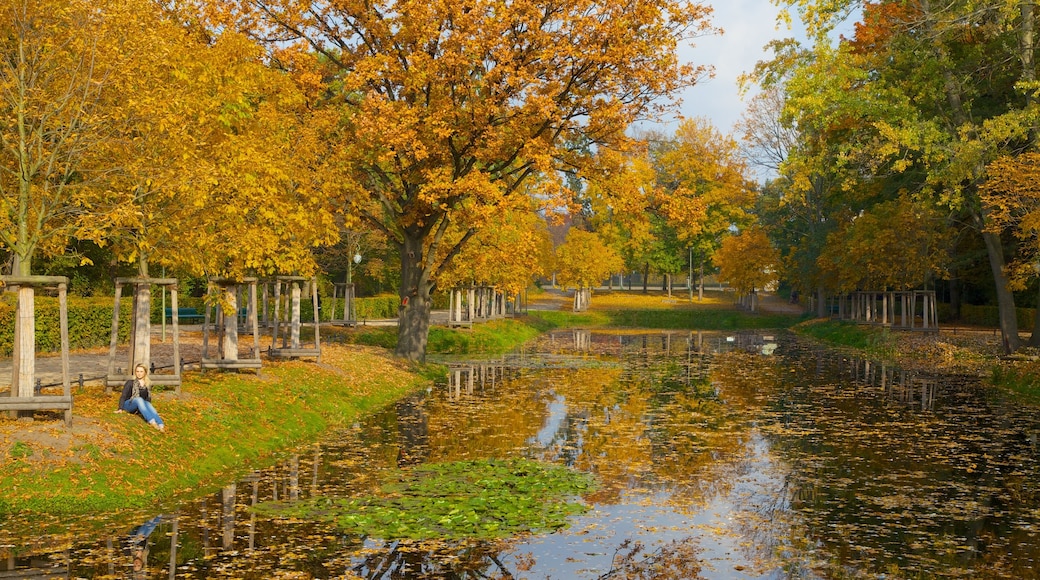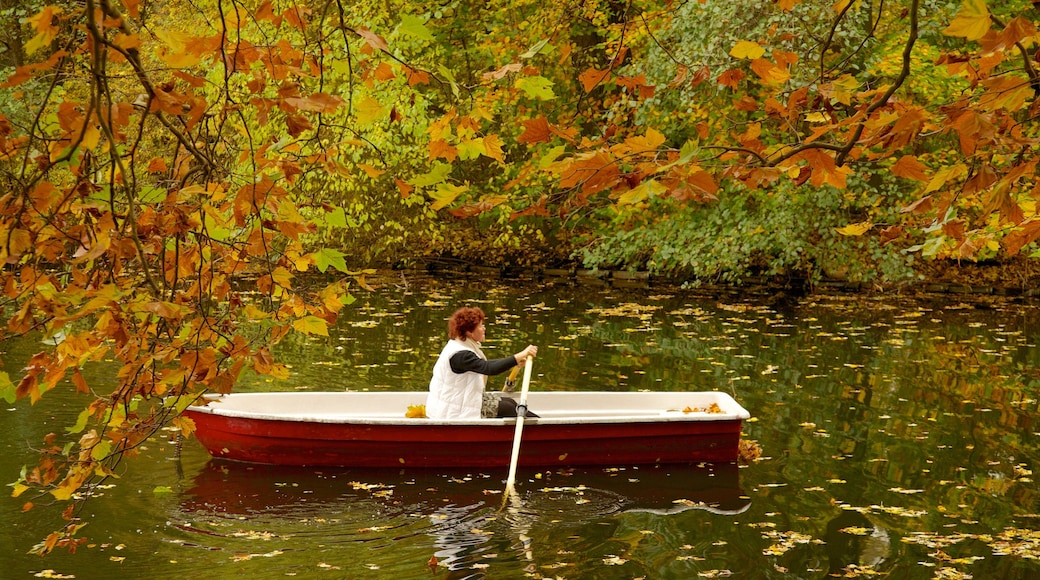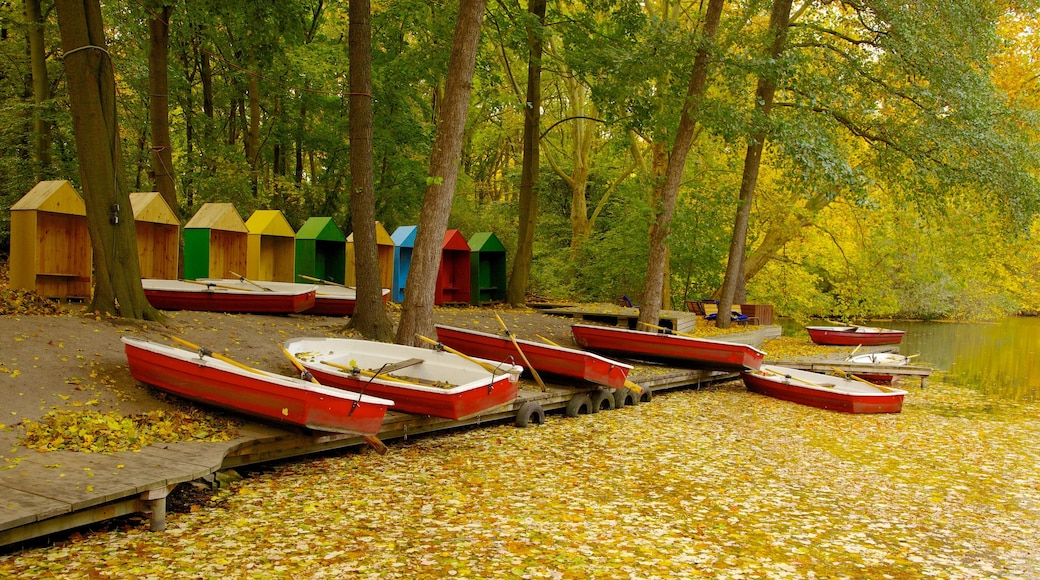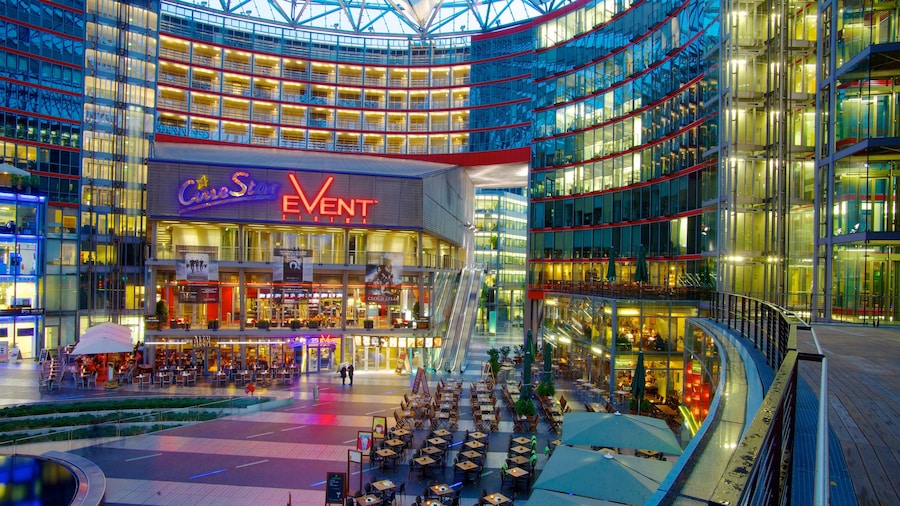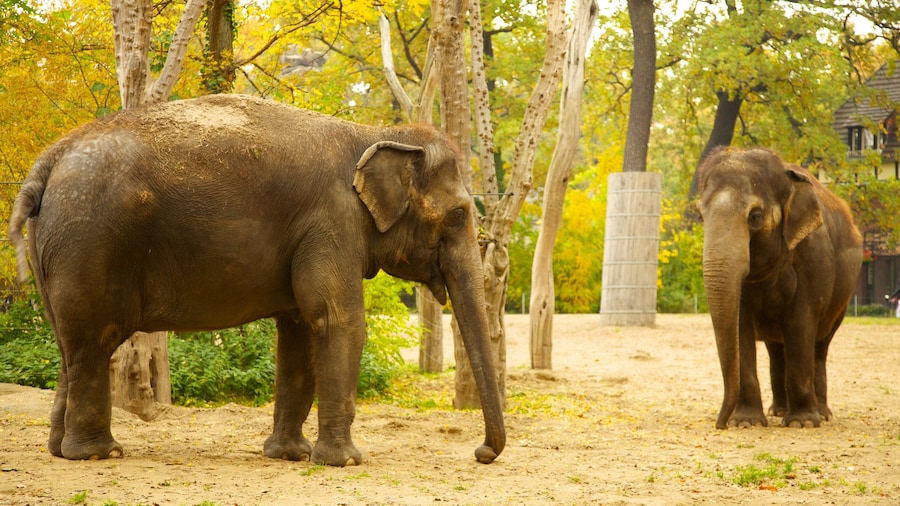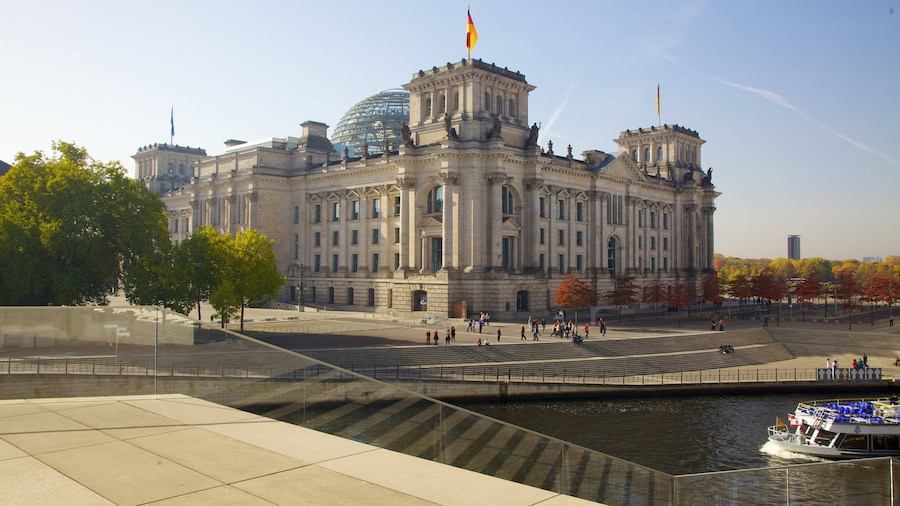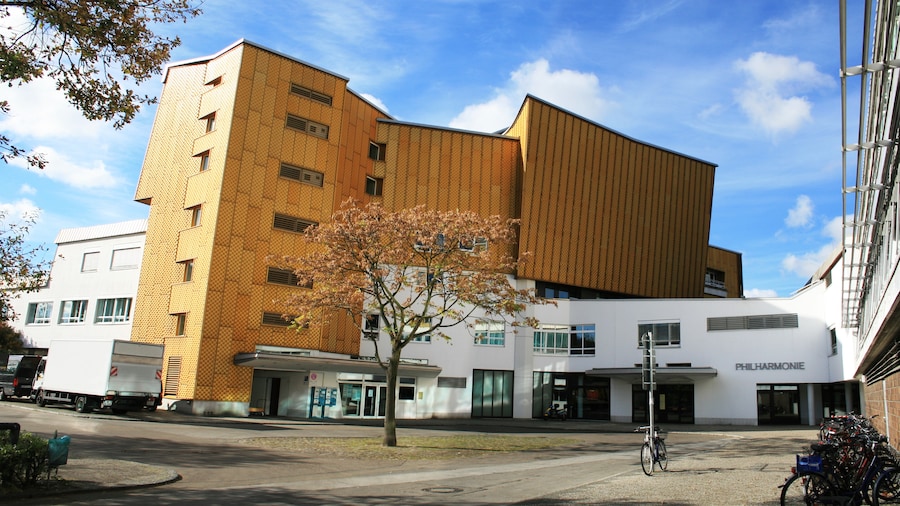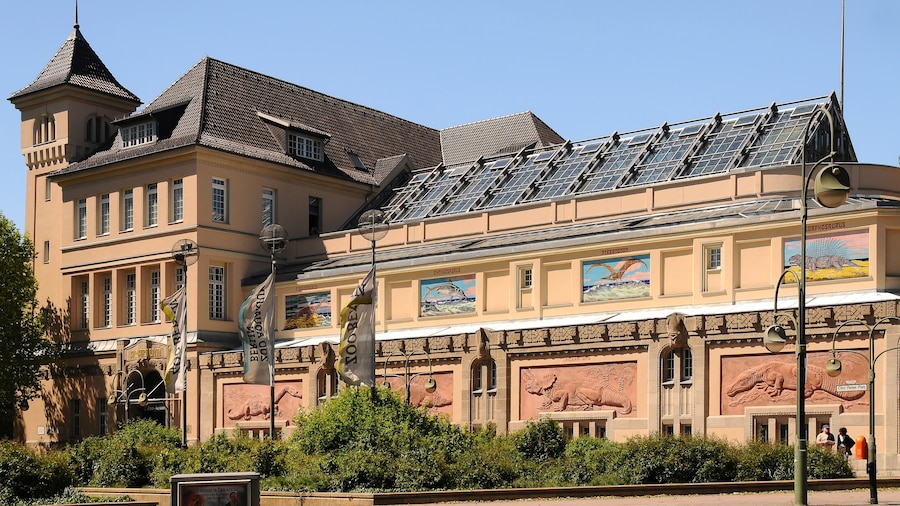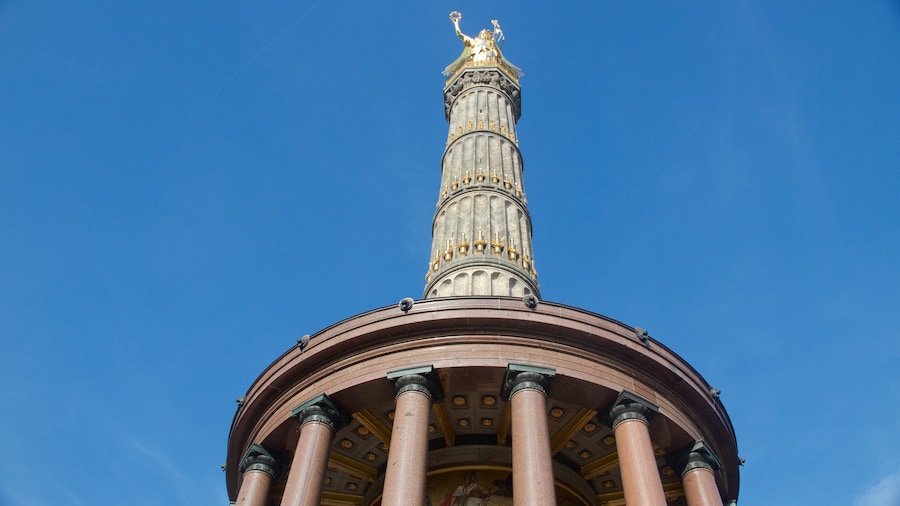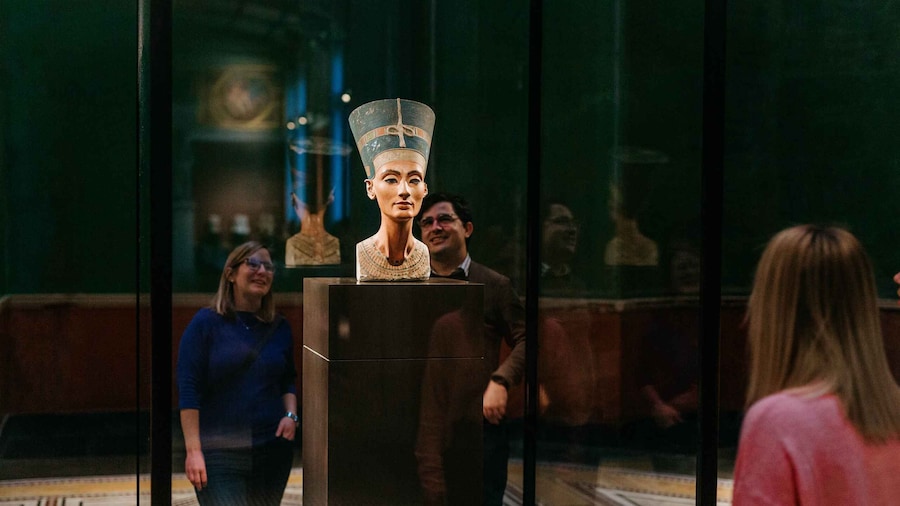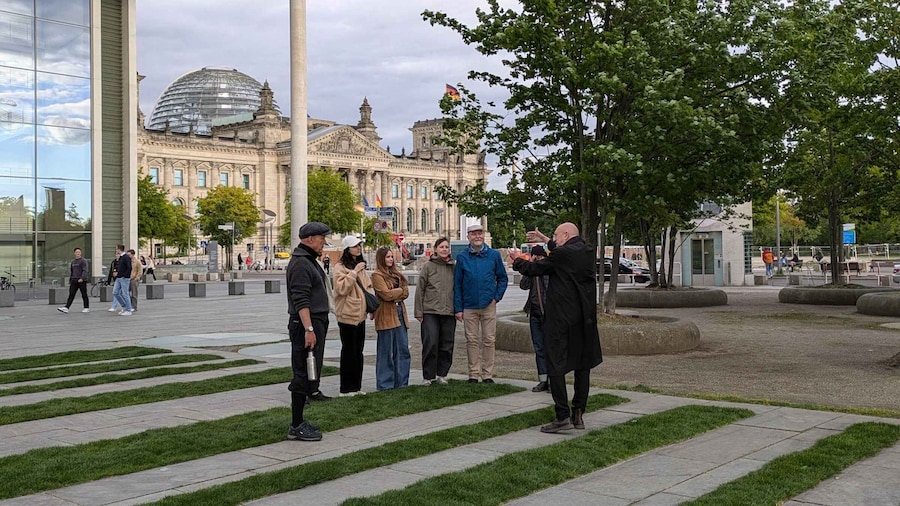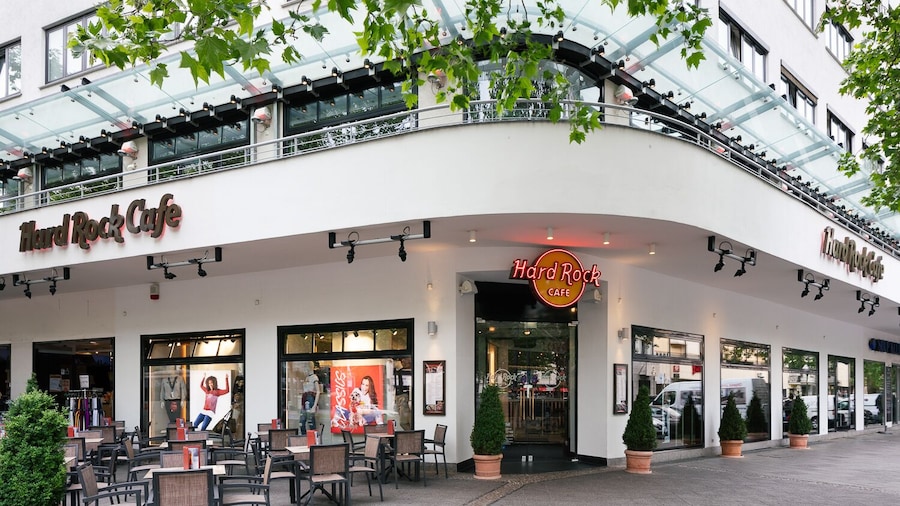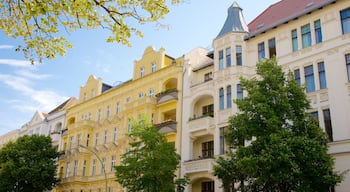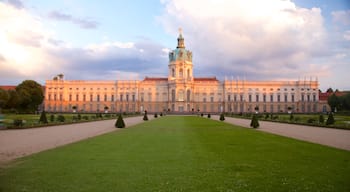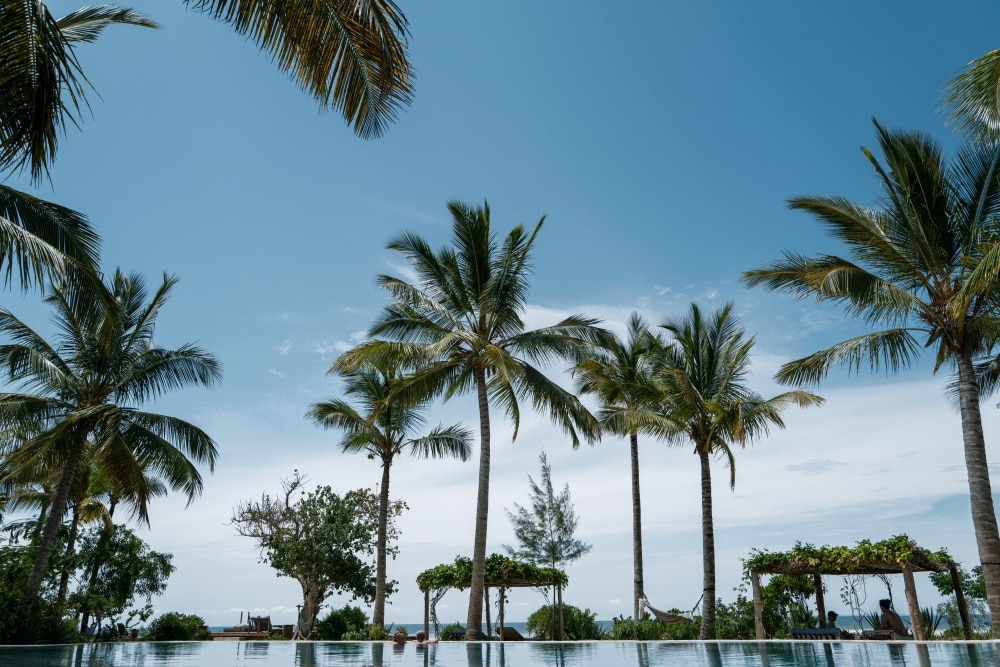Enter a peaceful park full of forests, lakes and long expanses of grass, all within minutes of the city centre.
This former hunting ground for Prussian royalty, commonly known as the Tiergarten or ‘Animal Park’, is no longer full of wild game, but rather full of Berliners looking for an escape from city centre living. It boasts two million square metres of green space and natural beauty, and its enormous size has resulted in it lending its name to the entire surrounding suburb of central Berlin.
The park can be explored on foot, by bike or even in a Velotaxi (an electric rickshaw), if you want a quicker way to discover all the monuments and statues dotted throughout the park. This maze of wonders has something for everyone. The Soviet War Memorial – built in 1945 as a tribute to Soviet soldiers who died in the World War II – will impress the history buffs, while fans of classical music will get a thrill from the statue of German composer Wagner.
The centre of the park is marked by a 70-metre-high Victory Column, which originally stood outside the Reichtstag. It was moved to the Tiergarten by Hitler, subsequently saving it from destruction during World War II. For a peaceful view across the city, climb the 285 steps and see the Bellevue Palace, the zoo, theBrandenburg Gate and Schloss Charlottenburg.
The best time to experience the park is when the warm weather hits. Suddenly, the place comes alive with families, friends and sunbathers soaking up the mid-afternoon sun. Winter brings a more sombre feel to the park – an icily beautiful trek among the bare trees. You may come across people ice skating on the small frozen lakes, though this isn't advised.
If you forgot your picnic, don’t worry, as there is a café in the park’s centre called Café am Neuen See. This is a great spot for coffee, cake and a refreshing wheat beer, which can be enjoyed in the beer garden.
Getting to the park is easy – simply walk from the centre or hop on an S-bahn or U-bahn train. The closest station is Berlin-Tiergarten, near the western entrance.
